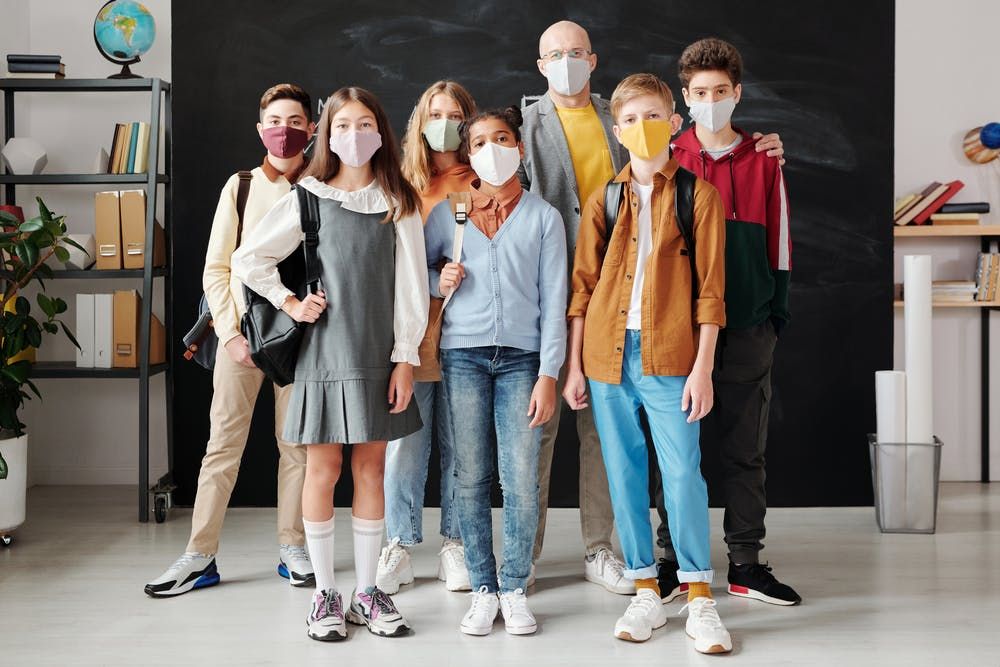Masks, Ventilation More Effective Than Social Distancing in Stopping Spread of COVID
The study suggests that proper air ventilation and masks could reduce the risk of infections in classrooms by up to 50%, making a 6-foot social distancing requirement unnecessary.

A recent study conducted by investigators from the University of Central Florida has found that good ventilation and masks are significantly more important in reducing the airborne spread of COVID-19 than social distancing. Results from the study were published in the journal Physics of Fluids.
"The results suggest exactly what the CDC is doing, that ventilation systems and mask usage are most important for preventing transmission and that social distancing would be the first thing to relax," the investigators said.
For the study, investigators created a classroom with a teacher and students using computer modeling, modifying the airflow and transmission of disease and calculating the rick of airborne transmission.
The model was similar in size to a small, university classroom, coming in at 709 square feet with 9-foot-tall ceilings. The students and teacher were all masked, and anyone of the students could have been infected with the disease.
Analyzing the room in two scenarios, one with ventilation and one without, the investigators discovered that the masks were beneficial in preventing direct aerosol exposure and the ventilation system reduced the risk of infection by up to 50% in comparison to the model with no ventilation.
"If we compare infection probabilities when wearing masks, three feet of social distancing did not indicate an increase in infection probability with respect to six feet, which may provide evidence for schools and other businesses to safely operate through the rest of the pandemic," Michael Kinzel, a co-author on the study said.
The constant current of airflow caused by the ventilation system forces the air to circulate and be processed through an air filter, which removes a portion of the aerosols. The findings are in line with recent recommendations from the US Centers for Disease Control.
"The study finds that aerosol transmission routes do not display a need for six feet social distancing when masks are mandated," Kinzel said. "These results highlight that with masks, transmission probability does not decrease with increased physical distancing, which emphasizes how mask mandates may be key to increasing capacity in schools and other places."
2 Commerce Drive
Cranbury, NJ 08512
All rights reserved.
